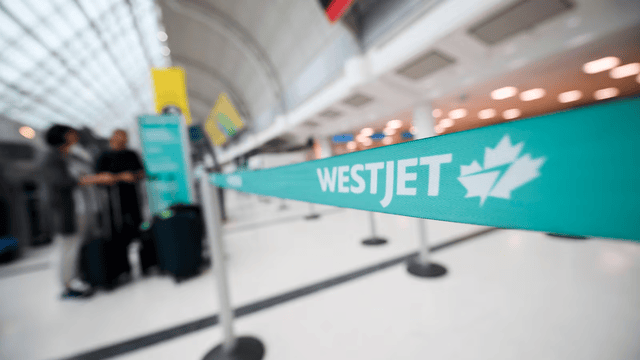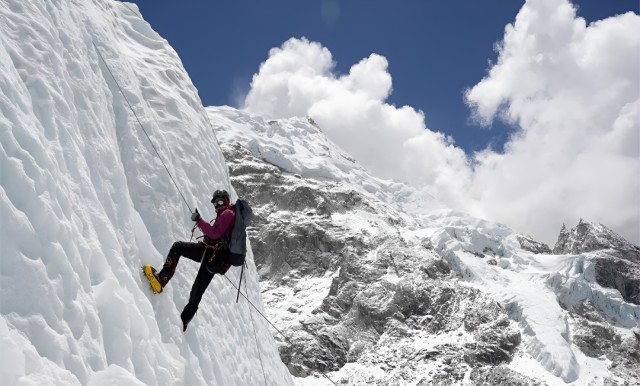
A scenic view of Yosemite National Park's iconic landmarks, seen across the Merced River. Travel Pulse
Accessibility plays a vital role for travelers with disabilities when choosing vacation destinations. However, a significant number of Americans do not view the country’s national parks as easily accessible. According to an Outdoor Recreation Consumer Study by Booz Allen Hamilton, only 39% of Americans think national parks are a suitable option for those with mobility challenges. Additionally, nearly half of the survey participants (44%) said they would be more likely to visit national parks if there was clearer accessibility information available online.
In light of this, a recent analysis of Tripadvisor reviews, conducted by the prosthetics company isBrave, provides valuable insight into which national parks offer the best accessibility for disabled visitors. The study was based on filtering Tripadvisor reviews for keywords like "accessible," "disability," "wheelchair," and "mobility." The reviews were categorized into positive, negative, and neutral sentiments, helping to identify the parks that are considered most accessible for those with disabilities.
The results of the analysis highlighted a list of national parks that are known for their accessibility features. These parks were recognized for having paved paths, the option to drive to scenic points, and other accommodations that make visiting easier for those with mobility issues.
Here are the parks that stood out in the accessibility study:
- Yosemite National Park, California
- Mount Rainier National Park, Washington
- Bryce Canyon National Park, Utah
- Arches National Park, Utah
- Zion National Park, Utah
- Acadia National Park, Maine
- Mammoth Cave National Park, Kentucky
- Carlsbad Caverns National Park, New Mexico
- Canyonlands National Park, Utah
These parks were praised for their well-maintained infrastructure, including paved pathways and the ease of driving to major attractions. For visitors who may have mobility concerns, these features are crucial in making the national park experience more enjoyable and inclusive.
Arches National Park Travel Pulse
The analysis also sheds light on the growing demand for better accessibility information online. The study’s findings suggest that national parks could increase their appeal to travelers with disabilities by providing more detailed accessibility details on their websites and other platforms. This simple step could encourage more visitors with mobility challenges to explore these beautiful natural sites.
In conclusion, accessibility is becoming an increasingly important factor for many Americans when it comes to planning vacations. By highlighting the parks that offer the best accessibility features, the new analysis serves as a helpful resource for travelers with disabilities, ensuring they can enjoy the wonders of nature with fewer obstacles.















